Exploring the Persian Empire’s Greatest Monuments
 Persepolis-Shiraz.jpg" alt="Persepolis-Shiraz" width="950" height="530" srcset="https://iranparadise.com/wp-content/uploads/2024/07/Persepolis-Shiraz.jpg 950w, https://iranparadise.com/wp-content/uploads/2024/07/Persepolis-Shiraz-768x428.jpg 768w" sizes="(max-width: 950px) 100vw, 950px" />
Persepolis-Shiraz.jpg" alt="Persepolis-Shiraz" width="950" height="530" srcset="https://iranparadise.com/wp-content/uploads/2024/07/Persepolis-Shiraz.jpg 950w, https://iranparadise.com/wp-content/uploads/2024/07/Persepolis-Shiraz-768x428.jpg 768w" sizes="(max-width: 950px) 100vw, 950px" />
The Persian Empire, one of history’s most influential and vast empires, is a testament to human ingenuity, architectural brilliance, and cultural depth. Spanning from the 6th century BCE to its peak under the Achaemenid dynasty, the empire left behind a legacy of awe-inspiring monuments. These landmarks not only tell the stories of a powerful empire but also highlight the artistry and engineering skills of its people. Let’s explore some of the greatest monuments of the Persian Empire that continue to captivate historians and travelers alike.
Persepolis: The Jewel of the Achaemenid Empire
Situated near modern-day Shiraz, Persepolis is perhaps the most iconic monument of the Persian Empire. Founded by King Darius I in 518 BCE, this ceremonial capital was a masterpiece of grandeur and sophistication. The sprawling complex features colossal columns, intricately carved reliefs, and monumental staircases.
One of its highlights is the Apadana Palace, which served as a majestic audience hall. Visitors can marvel at the detailed carvings depicting delegates from across the empire bringing tributes to the Persian king. Despite being partially destroyed by Alexander the Great in 330 BCE, Persepolis remains a powerful symbol of Persian cultural and political might.
 Pasargadae: The Tomb of Cyrus the Great
Pasargadae: The Tomb of Cyrus the Great
Cyrus the Great, the founder of the Achaemenid Empire, is celebrated for his visionary leadership and the establishment of one of the ancient world’s most successful empires. His tomb, located in Pasargadae, is a simple yet profoundly moving structure. The modest design—a rectangular stone chamber elevated on a stepped platform—reflects Cyrus’s humility and foresight.
Pasargadae, designated a UNESCO World Heritage Site, also includes remnants of palaces and gardens, showcasing the empire’s early architectural advancements. Walking through this site offers a glimpse into the beginnings of a civilization that reshaped history.
 Naqsh-e Rostam: The Persian Kings’ Rock Tombs
Naqsh-e Rostam: The Persian Kings’ Rock Tombs
Located a short distance from Persepolis, Naqsh-e Rostam is an ancient necropolis carved into the cliffs of Iran’s Zagros Mountains. The site features the tombs of four Achaemenid kings, including Darius I and Xerxes I. These massive rock-cut facades are adorned with intricate bas-reliefs portraying scenes of royal ceremonies and battles.
One notable relief depicts the famous investiture of Ardashir I, the founder of the Sassanian Empire, being crowned by the deity Ahura Mazda. Naqsh-e Rostam is not only a burial ground but also a sacred space embodying the religious and cultural identity of the Persian Empire.
 The Behistun Inscription: A Multi-Lingual Masterpiece
The Behistun Inscription: A Multi-Lingual Masterpiece
The Behistun Inscription, often called the “Rosetta Stone of the Persian Empire,” is a crucial archaeological find. Carved into a limestone cliff near Kermanshah, this trilingual inscription—written in Old Persian, Elamite, and Babylonian—was commissioned by Darius I.
The inscription narrates Darius’s ascension to the throne, detailing his victories over rivals and the establishment of his rule. Its decipherment in the 19th century unlocked the secrets of cuneiform script, revolutionizing our understanding of ancient Mesopotamian languages and history. The Behistun Inscription stands as a testament to the empire’s administrative sophistication and its impact on world history.
 Shushtar_Historical_Hydraulic.jpg" alt="Shushtar_Historical_Hydraulic" width="950" height="530" srcset="https://iranparadise.com/wp-content/uploads/2024/03/Shushtar_Historical_Hydraulic.jpg 950w, https://iranparadise.com/wp-content/uploads/2024/03/Shushtar_Historical_Hydraulic-768x428.jpg 768w" sizes="(max-width: 950px) 100vw, 950px" />Susa: The Heart of Administrative Power
Shushtar_Historical_Hydraulic.jpg" alt="Shushtar_Historical_Hydraulic" width="950" height="530" srcset="https://iranparadise.com/wp-content/uploads/2024/03/Shushtar_Historical_Hydraulic.jpg 950w, https://iranparadise.com/wp-content/uploads/2024/03/Shushtar_Historical_Hydraulic-768x428.jpg 768w" sizes="(max-width: 950px) 100vw, 950px" />Susa: The Heart of Administrative Power
Susa, one of the oldest cities in the world, served as a key administrative center of the Persian Empire. Located in present-day Khuzestan Province, it was a hub of cultural and political activity. The grandeur of Susa is evident in its monumental palaces, including the Palace of Darius I.
The city’s strategic location made it a melting pot of diverse cultures, as evidenced by the artifacts and architectural styles unearthed there. Visitors to the site can explore the remnants of the palace and gain insight into the empire’s governance and cosmopolitan nature.
 Zoroastrian Fire Temples: Spiritual Heritage of Persia
Zoroastrian Fire Temples: Spiritual Heritage of Persia
The Persian Empire was deeply rooted in Zoroastrianism, one of the world’s oldest monotheistic religions. Fire temples, where the sacred fire was maintained, served as spiritual and communal centers.
The ruins of fire temples, such as the one at Takht-e Soleyman, reflect the significance of Zoroastrian beliefs in shaping the empire’s cultural identity. Takht-e Soleyman, a UNESCO World Heritage Site, includes a central altar and a natural spring, embodying the connection between nature and spirituality in ancient Persia.
 The Legacy of the Persian Empire
The Legacy of the Persian Empire
The monuments of the Persian Empire are more than just architectural marvels; they are enduring symbols of a civilization that valued innovation, inclusivity, and cultural exchange. From Persepolis’s grand halls to the simplicity of Cyrus’s tomb, each site tells a story of ambition, resilience, and vision.
These historical treasures are not only a source of pride for Iranians but also a heritage for humanity. Exploring these monuments offers a journey through time, revealing the enduring spirit of one of history’s greatest empires.
Planning Your Visit
If you’re inspired to visit these iconic sites, consider planning a trip during spring or autumn, when Iran’s weather is most pleasant. Many of these monuments are located within close proximity to each other, making it convenient to explore them in one trip. Remember to respect local customs and preserve these ancient wonders for future generations.
Tags:Adventure holidays, Behistun Inscription, Best time to travel to iran, best tour operator iran, Cultural Etiquette in Iran, Cultural sites of Iran, Economy of Travel, Holiday in Iran, Iran Architectural, iran attractions, Iran country, iran destinations, Iran enriching experience, Iran sightseeing tours, iran Solo trip, iran tour, Iran tour packages, iran tourist attractions, Iran travel agency, iran travel expenses, Iran Travel Guide, Iran Travel Tips, Iran's Coastal Paradise, Iranian culture, Iranian Hospitality, iranparadise, Iran’s adventure sports, must-visit Iran, Naqsh-e Rostam, Pasargadae, Persepolis, persia tour, Persian Empire’s Greatest, Surfing In Iran, Susa, Takht-e Soleyman, Tomb of Cyrus, top tourist destinations, travel to iran, Traveling to Iran, travelling to iran, trip to iran, vacation packages, visit iran, درناگشت

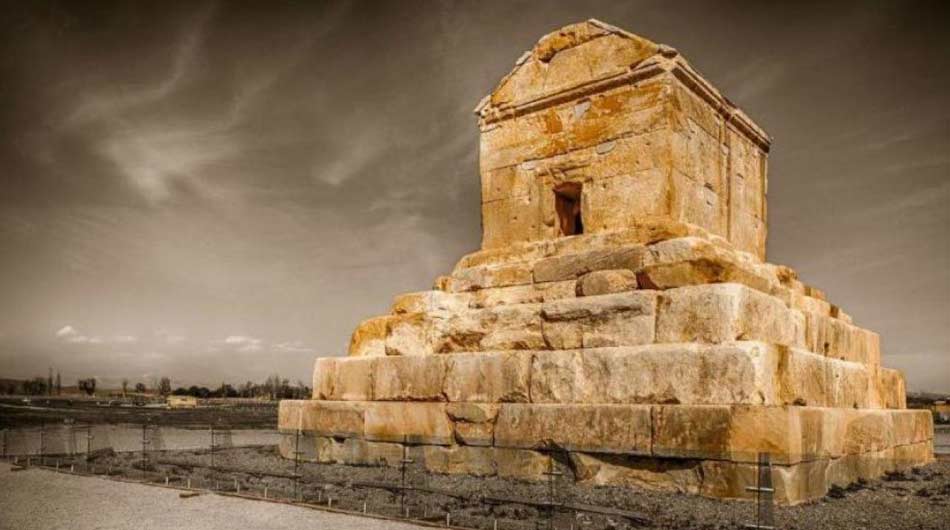 Pasargadae: The Tomb of Cyrus the Great
Pasargadae: The Tomb of Cyrus the Great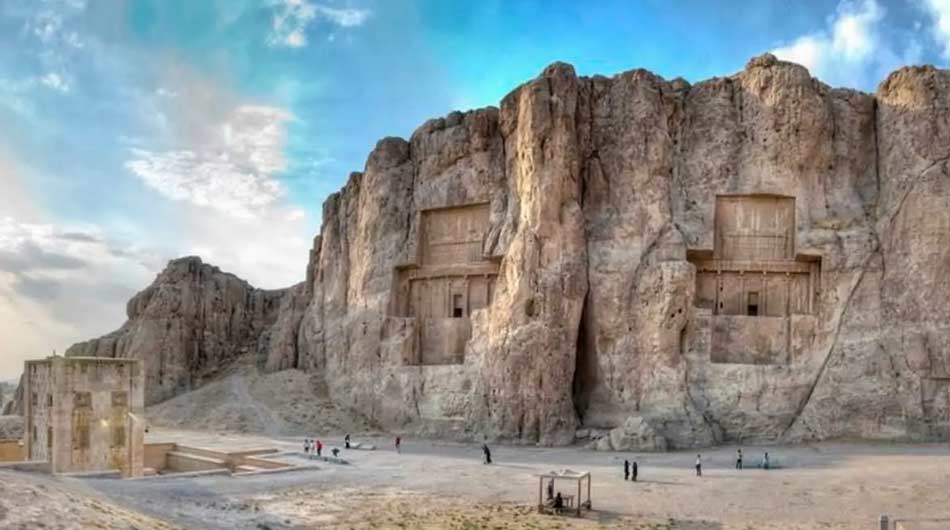 Naqsh-e Rostam: The Persian Kings’ Rock Tombs
Naqsh-e Rostam: The Persian Kings’ Rock Tombs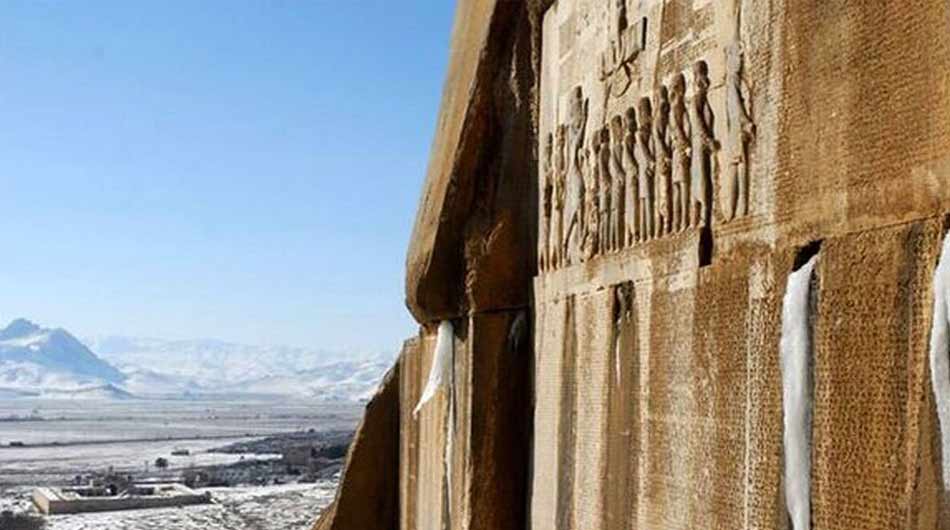 The Behistun Inscription: A Multi-Lingual Masterpiece
The Behistun Inscription: A Multi-Lingual Masterpiece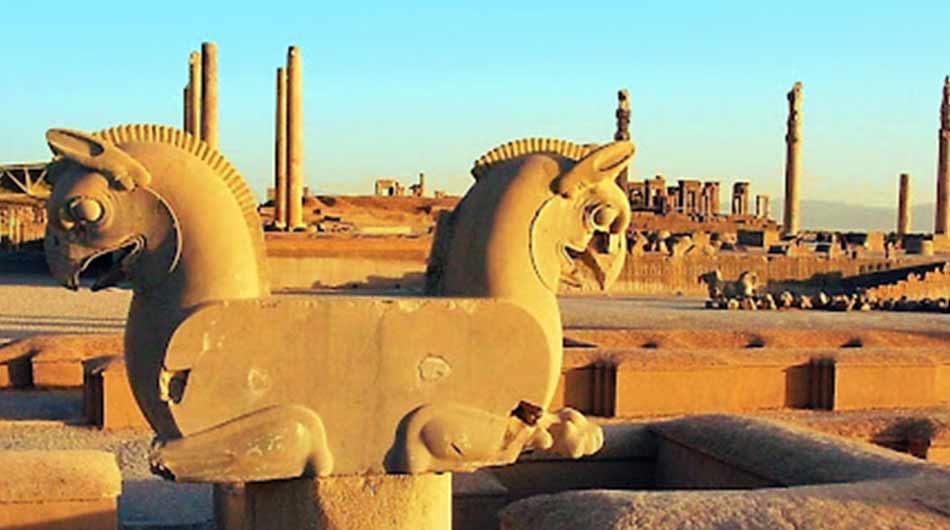
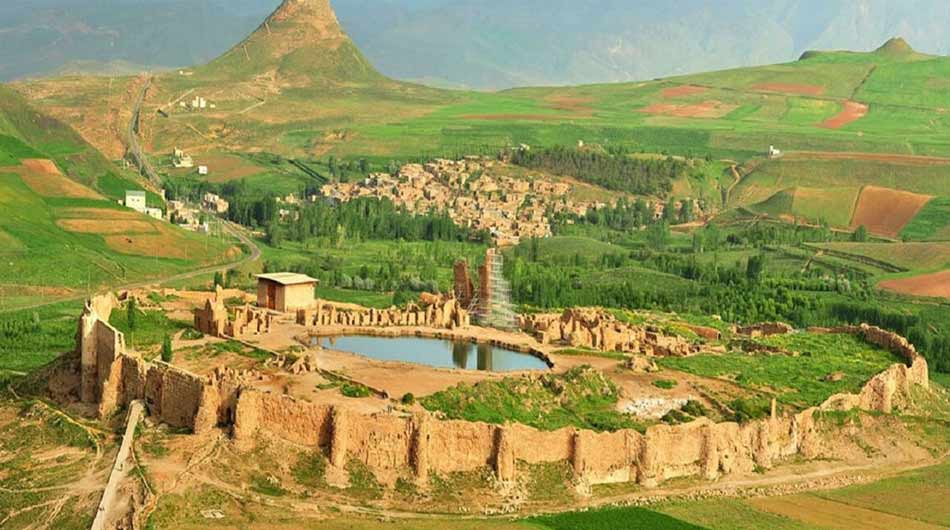 The Legacy of the Persian Empire
The Legacy of the Persian Empire